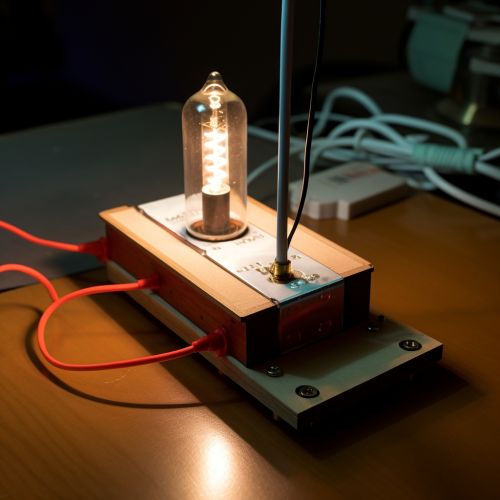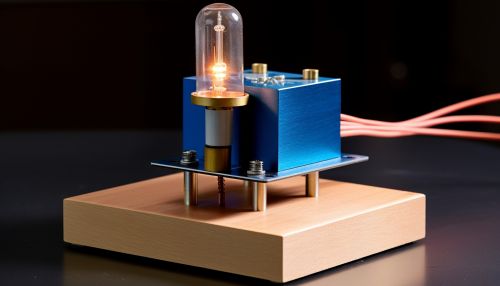Jean Charles Athanase Peltier
Early Life and Education
Jean Charles Athanase Peltier was born on 22 February 1785 in Ham, a commune in the Somme department in Hauts-de-France in northern France. His parents were not scientists or academics, but humble tradespeople. Despite the lack of a formal education in his early years, Peltier developed a keen interest in science and technology, particularly in the field of electricity.
Career and Contributions
Peltier began his career as a watchmaker, but his fascination with electricity led him to conduct his own experiments. His most significant contribution to science was the discovery of the Peltier effect in 1834. This phenomenon, which involves heating or cooling at an electrified junction of two different conductors, forms the basis for many modern thermoelectric applications.


Peltier Effect
The Peltier effect is a thermoelectric phenomenon where heat is absorbed or released when an electric current is passed through a junction of two different materials. This effect is reversible, meaning that it can be used for both heating and cooling applications. It is a cornerstone of thermoelectric cooling technology, which is used in a variety of industries, from electronics to food and beverage.
Legacy
Peltier's discovery has had a profound impact on a variety of industries. The Peltier effect is used in thermoelectric cooling, power generation, and temperature sensing. It is also used in scientific research, particularly in the field of material science.
